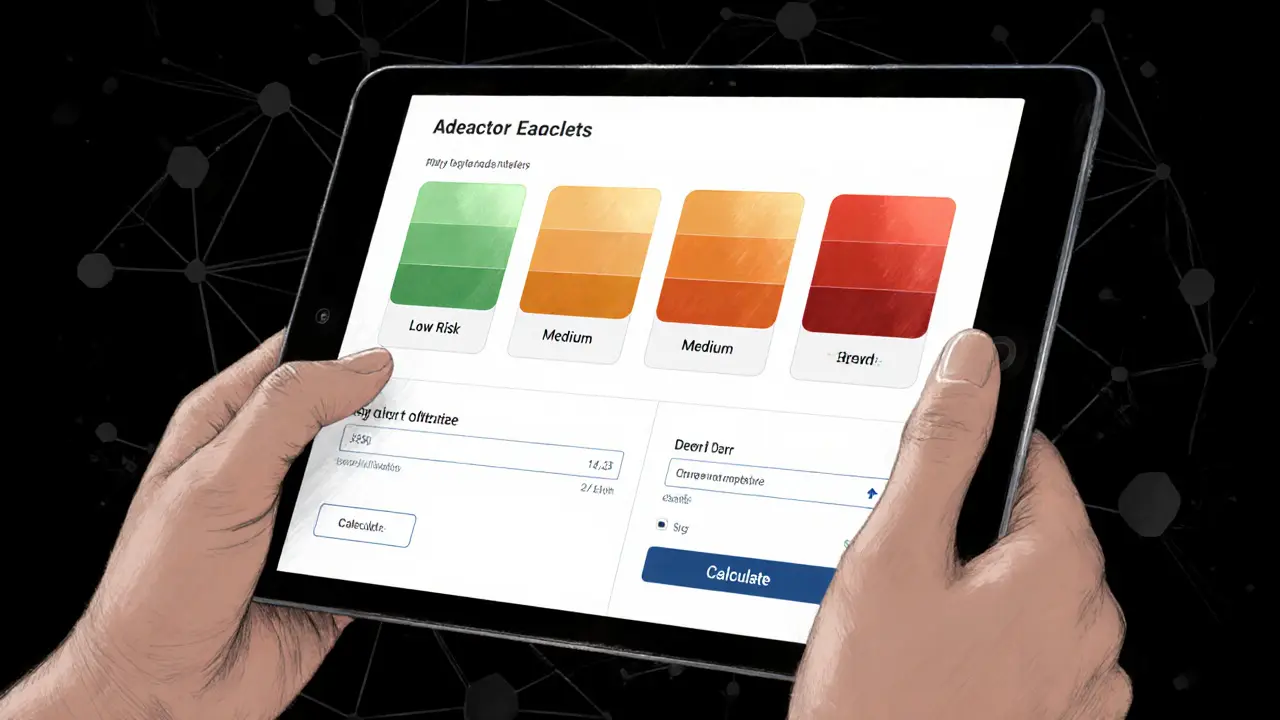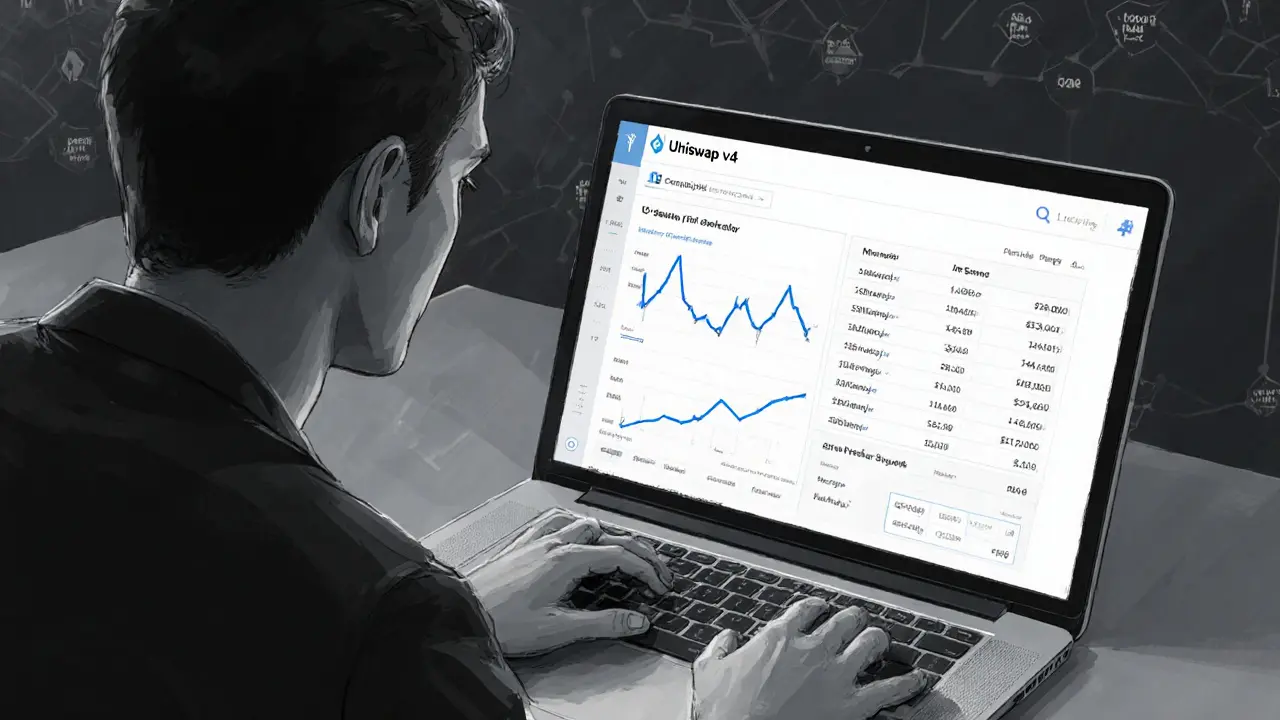CrescentSwap is a niche Arbitrum-based DEX focused on trading Moonlight MNLT and other native tokens. Low fees, no KYC, but thin liquidity and no support. Best for experienced DeFi users, not beginners.
Decentralized Exchange (DEX) – Everything You Need to Know
When working with Decentralized Exchange, a peer‑to‑peer platform that lets users trade digital assets without a central intermediary. Also known as DEX, it enables direct token swaps, reduces custodial risk, and opens up new liquidity channels. In contrast, a crypto exchange, typically a centralized service that holds user funds and matches orders on its own books relies on a trusted third party to process trades.
A decentralized exchange isn’t a single monolith; it’s built from several moving parts. One core component is the liquidity pool, a collection of funds supplied by users that powers instant swaps. Liquidity pools influence token pricing, enable low‑slippage trades, and reward providers with a share of the fees. Another essential piece is the smart contract, self‑executing code that enforces trade rules without human intervention. Smart contracts require rigorous audits because they directly manage assets.
Key Components of a Decentralized Exchange
Beyond pools and contracts, many DEXs rely on aggregators that scan multiple platforms to find the best price. An aggregator pulls data from various liquidity sources, then routes the user’s order to the optimal pool – a process that maximizes value while keeping gas costs low. This ecosystem creates a feedback loop: better aggregators attract more traders, which boosts pool depth, which in turn improves price discovery.
Security is another pillar. Since no central authority can freeze funds, the on‑chain code must handle edge cases like front‑running, sandwich attacks, and flash loan exploits. Developers often embed anti‑bot measures and time‑locks into smart contracts to mitigate these risks. Users, meanwhile, protect themselves by reviewing audit reports, checking contract addresses, and using hardware wallets for key storage.
Tokenomics also play a big role on DEXs. Governance tokens let users vote on fee structures, new pool listings, or protocol upgrades. When token holders stake their assets, they earn a portion of the platform’s revenue, aligning incentives between users and developers. This model fuels community growth and can create a virtuous cycle of adoption.
Real‑time data is the lifeblood of any trader. Platforms like SwapStats pull live swap volumes, liquidity depth, and price movements across multiple blockchains, giving you a clear snapshot of market health. By monitoring these metrics, you can spot emerging trends, identify over‑leveraged pools, or catch a sudden surge in a new token’s activity.
The articles below dive deep into each of these topics. Whether you’re curious about how DEX aggregators beat centralized order books, want a step‑by‑step guide to claiming the latest airdrops, or need a security checklist for smart contracts, you’ll find practical insights and data‑driven analysis tailored for traders, investors, and researchers.
Ready to explore the detailed guides, reviews, and tutorials that make up our decentralized exchange collection? Scroll down and start digging into the specific posts that match your interests.
Dexfin claims to be a secure, fast crypto exchange, but it has no trading volume, no users, and no verifiable tech. Avoid this untracked platform and stick with proven DEXs like Uniswap or dYdX in 2025.
A detailed KyberSwap Elastic (Polygon) review covering its concentrated liquidity model, fee tiers, the 2023 security breach, user experience, and how it stacks up against Uniswap V3 and SushiSwap.
A detailed 2025 review of Aster exchange covering its multi‑chain design, ASTER tokenomics, trading tools, price action, competitor comparison and risk considerations.
A detailed review of Uniswap v4 on the Blast network, covering its tech upgrades, gas savings, security, user experience, and how to start swapping or building hooks.





